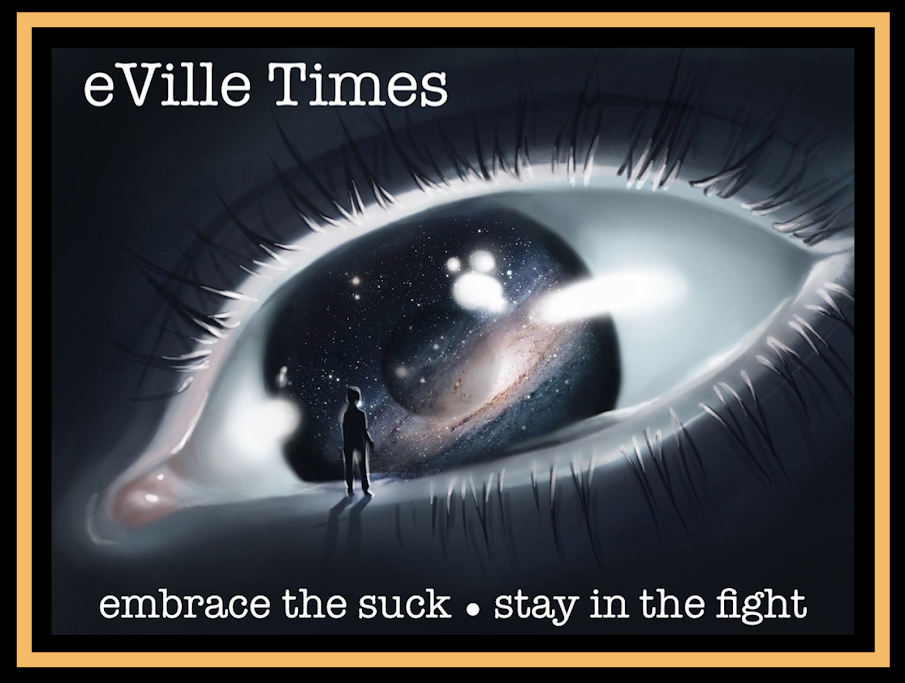World
- New Cases: 673,260 (⬆︎ .85%)
- New Deaths: 11,836 (⬆︎ .68%)
USA
- New Cases: 193,080 (⬆︎ 1.02%)
- New Deaths 2,835 (⬆︎ .85%)
Christmas morning, and the first thing I do is check the numbers at Worldometer - like it's just another shift down at the mill.
I really hate this pandemic shit. And I really hate Qult45. Their completely fucked up response to this monster has ruined lives (purposefully, IMO), and it's ruined this Christmas for millions of Americans, by marking Christmas 2020 as a time of mourning and ill will - turning the season of love to one of despair for many, and hatred of our own neighbors - in some cases, hatred of our friends and family.
I love Christmas. Christmas is my jam. My favorite holiday. I love the idealism of thinking there's such a thing as redemption, and a belief that we can be better people, living better lives.
I guess the thing I can hold onto is that I'm atheist, and so I don't have to feel at all compelled to forgive these assholes for fucking it up for me.
But the hangup is that I don't want to go along with some jerk like 45*, who deliberately foments discord and seems to believe he's well within his rights to make everybody feel like shit just because he's such a shitty person himself.
He wants me to hate, but I don't want to hate, so I won't. I'll never give that prick the satisfaction of thinking he's bent me to his will. Ever.
Hatred is poison. And while I can't say I'll ever be able to bring myself to love people who seem to go out of their way to prove themselves unworthy of anything but contempt and loathing, I can try not to play their game by their rules.
I can reject their notions of divide-n-conquer. I can hold them in very low esteem, and I can voice my disdain for them and their shitty plans to put democracy in chains.
I can stay vigilant and keep my fire stoked - I've got my thesaurus handy, and I can come up with a thousand ways to despise them, and to never ever ever forgive them - I just choose not to hate them. Cuz that's actually what they want, and withholding it from them is what's really gonna piss 'em off.

















